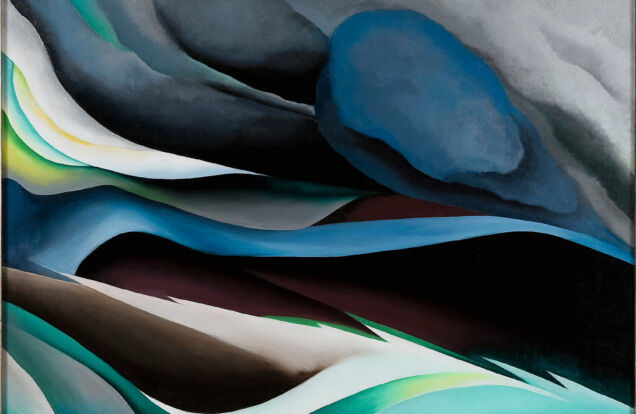M.C. ESCHER’S PERSPECTIVE
The Dutch Artist's Worlds Of The Impossible


At some point in life, everyone should become familiar with the incredible work of Dutch genius M.C. Escher. In Barcelona, the exhibition A través de los ojos de Escher (Through Escher’s Eyes,) a retrospective held at the city’s Maritime Museum, has been attracting thousands of visitors eager to learn about his life and work via a beautiful interactive experience.
The retrospective exhibition features over two hundred of the world-famous graphic artist’s original works, from his initial more realistic prints and drawings inspired by nature and the Italian landscape, to his most bizarre mathematically-inspired works, with an in-depth exploration of the different techniques he used. Particular emphasis is placed on his use of tessellation and transformation of figures in relation to metamorphosis. Escher is best known for his mathematically inspired woodcuts, lithographs, and mezzotints. He introduced elements of fantasy and geometry and played with the concepts of impossible objects and spaces, infinity, reflection, symmetry, perspective, and so on.
Maurits Cornelis Escher was born in Leeuwarden, Netherlands, in 1898. He had a relatively normal and comfortable childhood. In 1918 he enrolled at the Technical College of Delft. Still, he did not stay long. From 1919 to 1922, he attended the Haarlem School of Architecture and Decorative Arts, where he studied under graphic artist Samuel Jessurun de Mesquita (whose work is also represented in the show.) In the early 1920s, he traveled around France, Italy, and Spain with his family. The places and architectural structures he visited (such as the Alhambra in Granada) were a big inspiration for his early works. He met his wife Giulietta (Jetta) Umiker after moving to Italy at twenty-five, and the family relocated to Switzerland, Belgium, and, finally, the Netherlands. His yearly travels were enormously influential in his work.
Although he was not confident in his mathematical ability, the artist conducted his research into tessellation, and his art became extremely popular among scientists and mathematicians. Despite having been somewhat neglected in the art world at first and not having a retrospective dedicated to him until he was 70 years old, he is now celebrated worldwide by both the scientific community and general population for showing the connection between art and science. His works are in the collections of most major art institutions and are also present in pop culture.
A través de los ojos de Escher is an exhibition that offers both insight and entertainment for people of all ages. Apart from having the opportunity to appreciate his works in person, both adults and children are invited to interact with installations that allow them to immerse themselves in Escher’s works and become a part of them and understand how he used perspective, logic, and optical illusions (I myself couldn’t resist taking a picture in an installation that placed me in the center of Escher’s 1935 work Hand with Reflecting Sphere.) The results and all the different activities available are guaranteed to make it an unforgettable experience, and it isn’t easy to walk out of this exhibition without being deeply impressed. The retrospective is on view at Barcelona’s historic Maritime Museum from April 29 through September 26, 2021.


